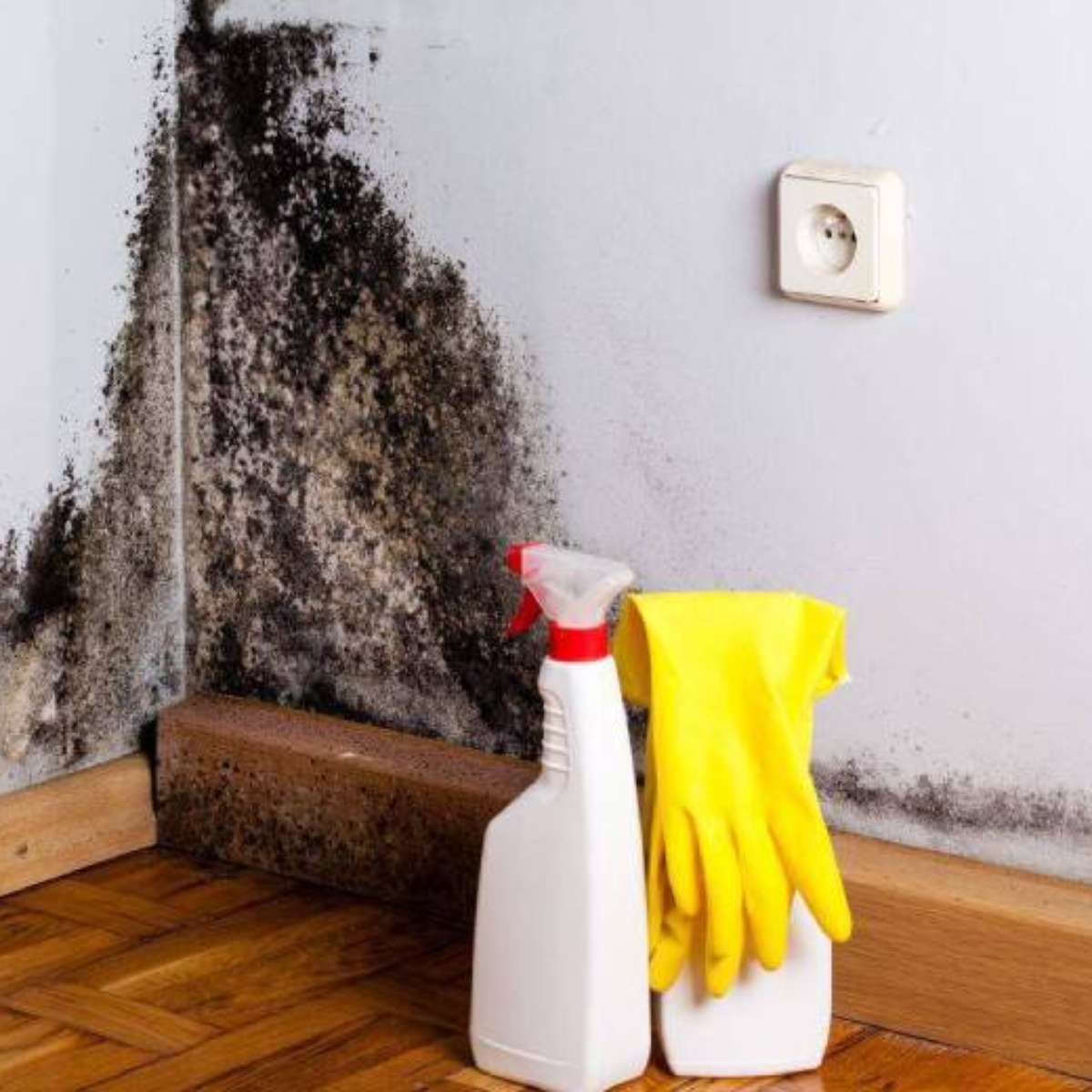Table of contents
Learning how to remove mold from walls is indispensable for those who are tired of suffering with this problem. In fact, cleaning does not always solve the problem and mold can return. Why does this happen? How can you deal with the issue without remodeling? Is this possible or not? In today's content we have separated all these answers, as well as cleaning tips and how to take care of the structure of the houseso that it does not suffer from humidity.
Learn how to remove mold from the wall
Before learning how to remove mold from the wall, it is necessary to know a little more about this problem and the signs it presents in its different stages.
1. how to identify mold
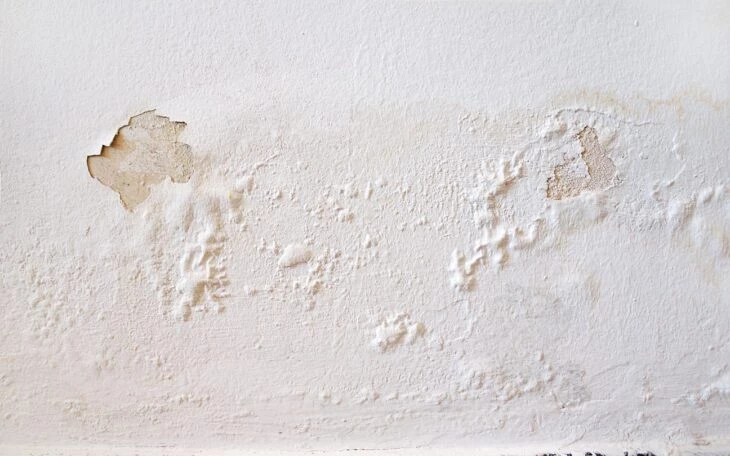
Mold or mildew are caused by the action of fungi, and its main source of propagation is humidity - and understanding this before learning how to remove mold from walls is important. Ricardo Faria, technical coordinator at Vedacit, explains how to identify the appearance of mold on the wall or ceiling. "They are characterized by stains or black, gray or brown spots, which, if not removed, will continue togrow under the new coating, compromising the quality of the paint or finish."
At the first signs, it is recommended that you make the following mixture. Put three glasses of water to a small amount of bleach, a substance that helps remove the stain and the smell. The ideal is to use the lid of the package itself to measure and mix it with the water. Once this is done, wipe the spot with a cloth or use a spray bottle.
2. the signs of mold
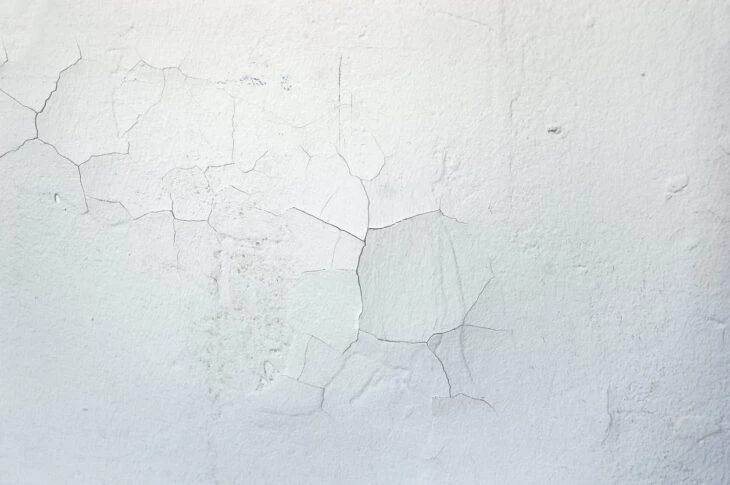
Cracks in the paint, small green, black, and even gray stains are the first signs of the problem. Mold usually proliferates quickly and in a matter of hours the stain can be much larger than the initial one. Mold is present in warm, humid, and dimly lit environments such as pantries and bathrooms.
If you identify these stains and the wall peels, do not wet it, do not use the previous recipe. The ideal here is to moisten the cloth slightly and avoid wiping the areas where the paint is looser. Use the alcohol vinegar itself here, as it removes the smell and the stain.
3. mold on the tile
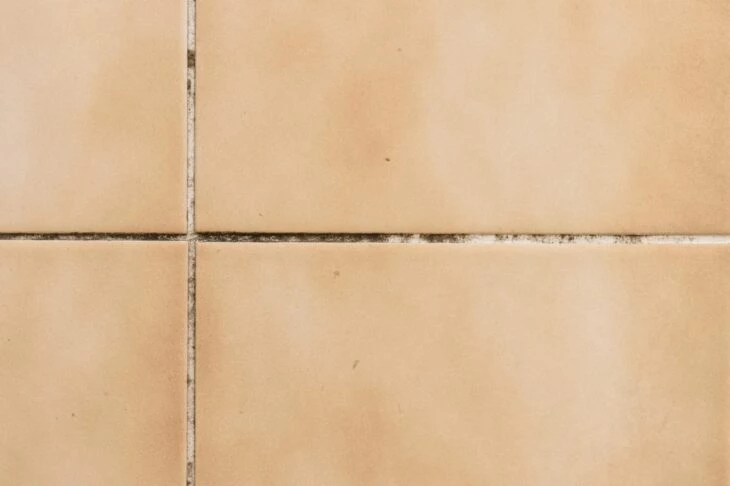
Mold does not develop on the tile itself, but in the grouted areas this can be quite common. In these cases, it is normal for the bathroom, for example, to have dark stains between the tiles. What to do in this case? There may actually be a lot of moisture inside the bathroom that favors the appearance of mold. Or, mold can be from the environment itself, since it naturally becomes humid due toto be a small, wet area and not have much air circulation.
If you are going to build or remodel, here is a valuable tip from Ricardo: "Do not use the product over tiles or coatings to avoid humidity. The waterproofing can have adherence problems over the coatings. Ideally, waterproofing should be done before the finishing stage, except when the waterproofing itself can already be used as a finishing, such as inVedatop Rodapé".
In the corners of the tile, the best is to use Cif Tira-Limo, a specific product for removing mold in situations such as this. Use a brush to pass the product into the gaps.
4. mold on the floor
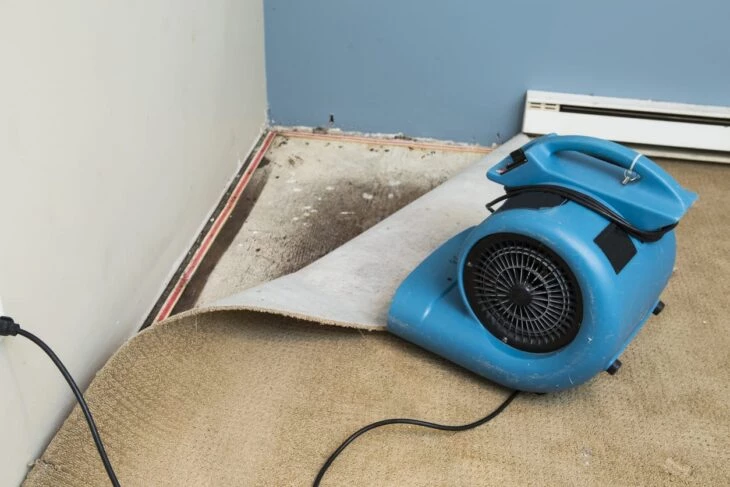
Mold can also appear on the floor, especially if the floor is made of parquet or carpet. In this case, only a bad smell will be a sign of the problem. The ideal is to always lift the carpet during cleaning to check the condition of the floor below. If you have mold problems, you need to find the real reason for the problem, which is usually the humidity of the floor itself. In these cases, only agood reform can solve this.
If the stains have appeared, the best bet is to use cornstarch baby powder. You can put a quantity, which varies according to the size of the stain, on the spot where there is mold. In a matter of hours, the powder will pull out the moisture.
5. mold on the ceiling
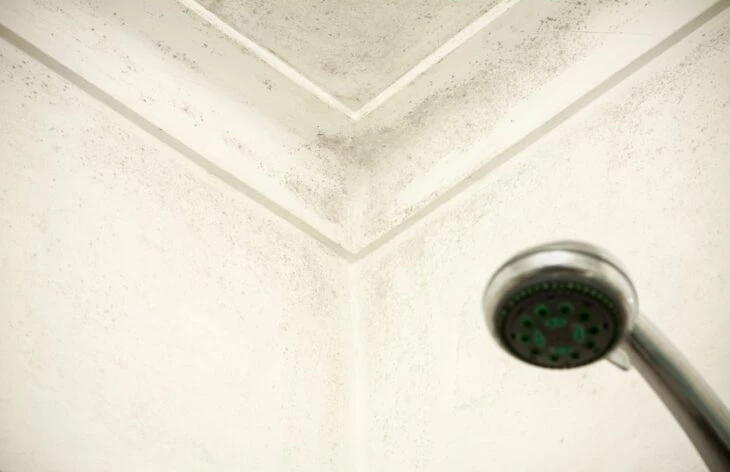
In the bathroom mold is quite common. Ricardo explains that this humidity can come from a hole in the plumbing, due to hot baths, where there is an excess of vapor in the space with little ventilation, and even in regions where there is a lot of air humidity. If the cause is found, the solution can be a simple cleaning or even a small renovation.
Here, in this case in the bathroom, the ideal is to use a rough sponge, which, together with the solution of bleach and normal water, will remove the stains and the smell.
6. how to remove mold on the wall
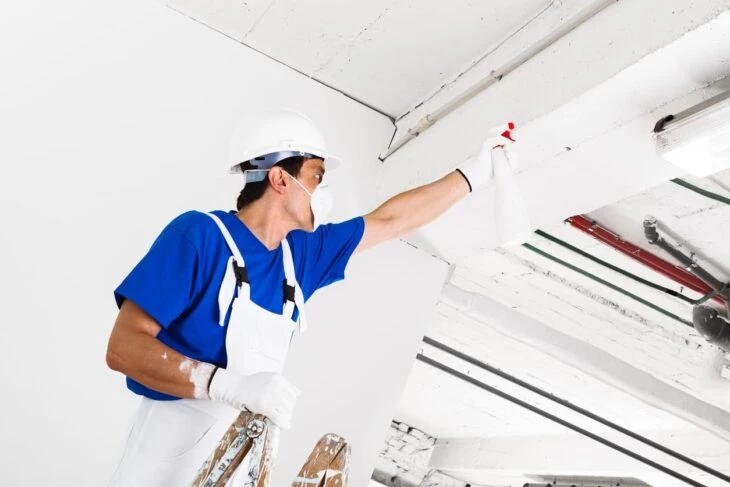
Some cleaning companies can help you learn how to remove mold from the wall. Usually, they use specific products that remove the stain and also the smell. The ideal is even to apply products that help prevent the mold from appearing, but this depends a lot on the cause of the problem, since besides humidity, other situations, such as leaking pipes, can cause the proliferation of mold.
When mold is a big problem, the solution for cleaning is to use specific products, such as the Mold Control Spray.
See_also: Father's Day decoration: 70 ideas to make the date more special7. the products to be used
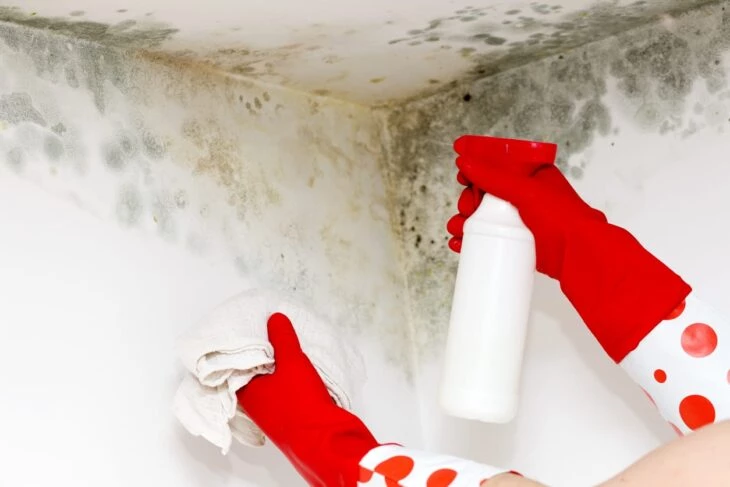
If you choose just to clean, here is our tip on how to remove mold from the wall. You can make two types of solutions. The first recipe is to mix 240 ml of vinegar with 1 teaspoon of baking soda. Stir well and put it in a spray bottle. Apply it to the moldy spot and wait a few seconds. Then, wipe the spot with a sponge or cloth.
The other solution can be made with bleach. In this case, be careful with the strong smell and also not to stain any item that is nearby, be it a piece of furniture or even your clothes. The ideal is to use 100 ml of bleach for a liter of water. You can also use a sprayer to direct the substance to the stain. Wait a few seconds and do the same procedure mentioned above.
8. how to avoid mold?
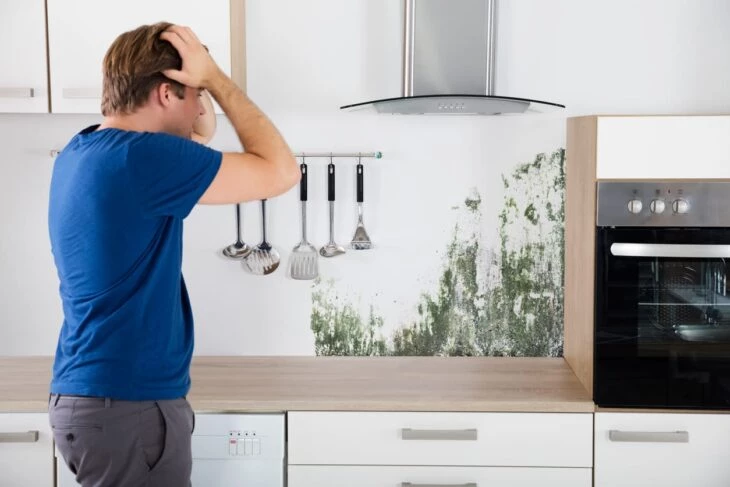
Humidity is the main cause of mold and the solution is to perform an efficient waterproofing to stop the problem. No matter how much you clean or apply any specific product to remove the stains, the reason for the problem will still be there.
See_also: Felt doll: templates and 70 delicate and creative modelsOf course, applying the tips on how to remove mold from the wall is efficient, but it is a palliative solution. According to Ricardo Faria, it is initially possible to clean and disinfect the affected location. After drying, it is indicated to use specific waterproofing products to combat and protect the wall against humidity.
Another thing, keep the room well ventilated, let the air circulate throughout the house and especially in the room where mold is most prevalent. This will help a lot!
9. when renovation is inevitable to get rid of mold
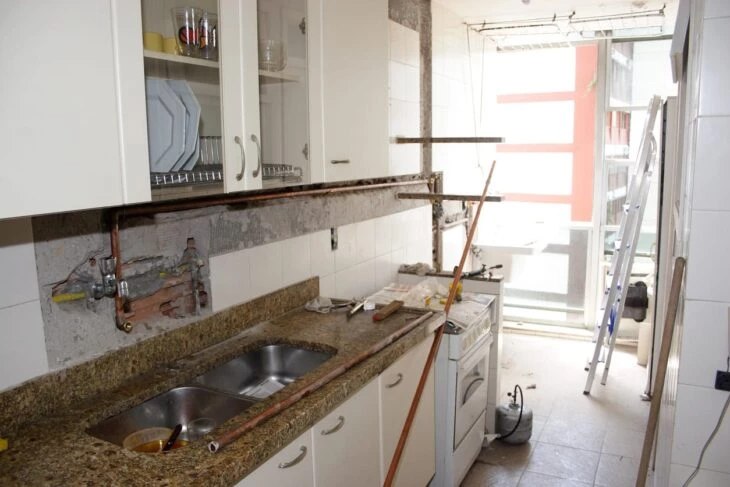
Mold can be really intense - to the point that no solution is as efficient as a good remodeling. Now, how to identify whether or not it is necessary to restructure that wall? Ricardo explains that some conditions are signs of this necessity: "You discover the moment to do the remodeling when generally the humidity and the mold are in such a severe process that they compromise the resistance of themortar, causing the wall to crumble or peel away".
10. painting alone does not solve the mold problem
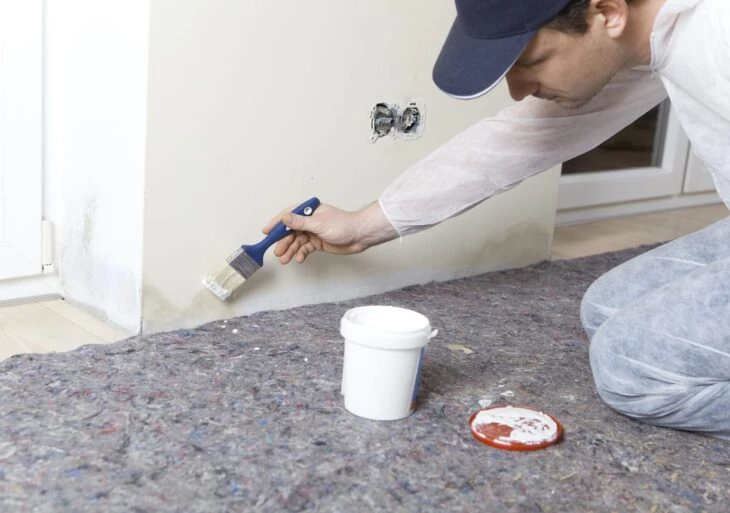
There are people who, besides cleaning, decide to apply a coat of paint in that moldy environment. Does that really solve it? The answer is no! "You must do a waterproofing on the outside of the walls or slabs, to prevent water from entering your house," advises Ricardo.
It is worth remembering that the construction market has grown a lot in the last few years and several anti-mildew products have been developed, including paints that protect the wall from humidity. If waterproofing and a coat of paint are applied for protection, mold will certainly no longer be a problem in your home.
Mold is also a matter of... health!

It is no exaggeration to say that the health of a person who lives in a moldy environment is at risk.
Common diseases that arise from this type of coexistence are fungal sinusitis and respiratory poisoning. Some symptoms are also common, such as frequent sneezing, chronic coughing, and headache. Among the worst types of mold are those in which the stains are black.
Now that you know how to get mold off the wall, don't waste any time, take a look at our other organization tips and make sure your house is always clean. Remember that there is no better place in the world than our home!

